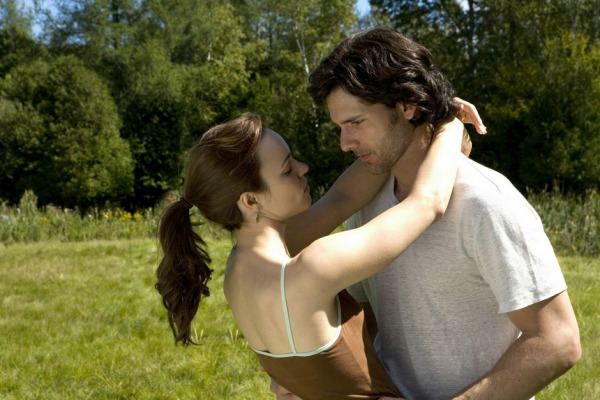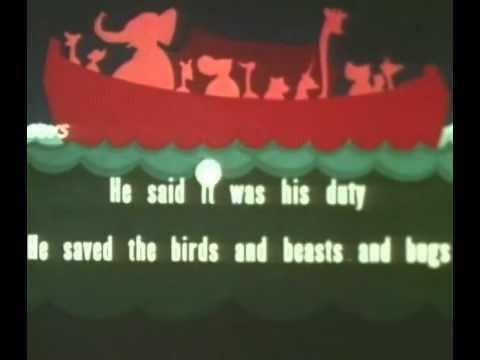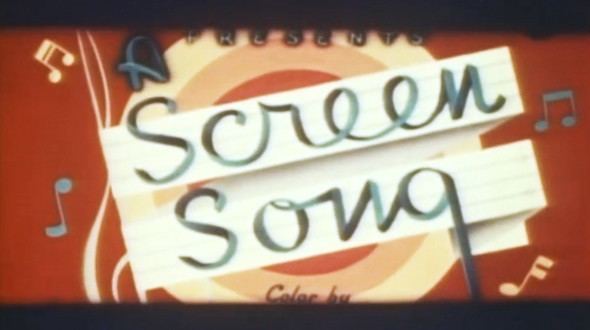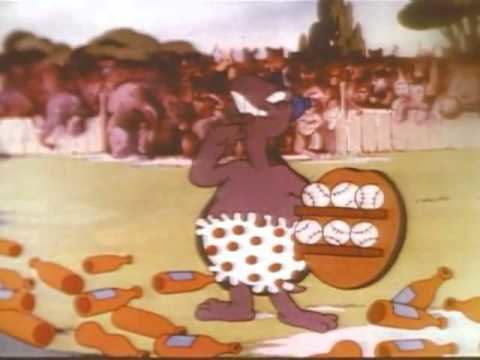Screen Songs
6 /10 1 Votes
| ||||||||||||||||||||||||||||||||||
 | ||||||||||||||||||||||||||||||||||
Screen Songs is the name of a series of animated cartoons produced by the Fleischer Studios and distributed by Paramount Pictures between 1929 and 1938. They were revived by Famous Studios in 1945.
Contents
- History
- Releases after Red Seal Pictures
- New contract with Paramount Pictures
- Legal status
- Famous Studios
- References
History

The Screen Songs are a continuation of the earlier Fleischer series Song Car-Tunes. They are sing-along shorts featuring the famous "bouncing ball", a sort of precursor to modern karaoke videos. They often featured popular melodies of the day. The early Song Car-Tunes were among the earliest sound films, produced two years before The Jazz Singer. They were largely unknown at the time because their release was limited to the chain of 36 theaters operated by The Red Seal Pictures Company, which was equipped with the early Lee DeForest Phonofilm sound reproduction equipment. The Red Seal theater chain—formed by the Fleischers, DeForest, Edwin Miles Fadiman, and Hugo Riesenfeld—went from the East Coast to Columbus, Ohio.

Between May 1924 and September 1926, the Fleischers released 36 Song Car-Tunes series, with 19 using the Phonofilm sound-on-film process. The films included Oh Mabel, Come Take a Trip in My Airship, Darling Nelly Gray, Has Anybody Here Seen Kelly?, and By the Light of the Silvery Moon. Beginning with My Old Kentucky Home (1926), the cartoons featured the "follow the bouncing ball" gimmick, that lead the audience singing along with the film. The other 17 films in the Song Car-Tunes series were silent, designed to be shown with live music in movie theaters.

The Fleischers were ahead of the sound revolution, and just missed the actual change when Red Seal Pictures filed for bankruptcy in the fall of 1926.
Releases after Red Seal Pictures

In 1928, the Weiss Brothers reissued through their Artclass Pictures company and other independent distributors a number of the silent "Ko-Ko Song Car-tunes" with new animation created for the beginnings, removing the original titles and opening original footage Song Car-Tunes
New contract with Paramount Pictures
The Fleischers signed a new contract with Paramount Pictures in late 1928. Beginning in February 1929, the song cartoons returned under a new name, Screen Songs, using the Western Electric sound-on-film process. The first was The Sidewalks of New York (East Side, West Side) released on 5 February 1929. In the 1930s, the shorts began to feature such musical guest stars as Lillian Roth, Ethel Merman, Cab Calloway, Rudy Vallee, the Mills Brothers, the Boswell Sisters, and others. The series, which eventually focused on many of the "Big Bands" of "The Swing Era" continued until 1938. In 1945, Famous Studios, successors to the Fleischers, revived the Screen Songs as an all animated series in color. The earliest color Screen Song released as part of the Noveltoons series, When G.I. Johnny Comes Home, was released on February 2, 1945.
Legal status
While the majority of the "Screen Songs" are in the public domain, and are available on various discount public-domain cartoon videos and DVDs, the underlying music is a separate issue. All Fleischer and Famous Screen Songs released prior to October 1950 were sold to U.M. & M. TV Corporation in 1956 for television syndication. These shorts have changed hands in the decades since due to a series of corporate acquisitions involving what would eventually become the revived Republic Pictures, and the 2006 corporate split of Viacom (which became the parent of Paramount Pictures in 1994, and later acquired Republic in 1999) into two separate companies. Paramount later acquired theatrical rights to the "Screen Songs" via what is now Melange Pictures, a division of Viacom, Paramount's parent company. Home-video rights are owned by Viacom/Paramount licensee Olive Films, while the television broadcast rights are the held by Trifecta Entertainment & Media.
The "Screen Songs" released between October 1950 and the final release in 1951 were sold to Harvey Comics, and eventually were owned by DreamWorks Classics (formerly Classic Media.The only exception was Let's Sing with Popeye, which was originally produced for matinee audiences and gatherings of the Popeye Fan Club. It was later purchased by Official Films in the 1950s and rereleased to the home movie market. While the film itself fell into the public domain, the music rights were still held by Famous Music, a division of Viacom. This film was released as a special feature on the first volume of Warner Bros. Popeye the Sailor DVD series.
Famous Studios
Note: In all the shorts, the musical arrangements were made by Winston Sharples.
